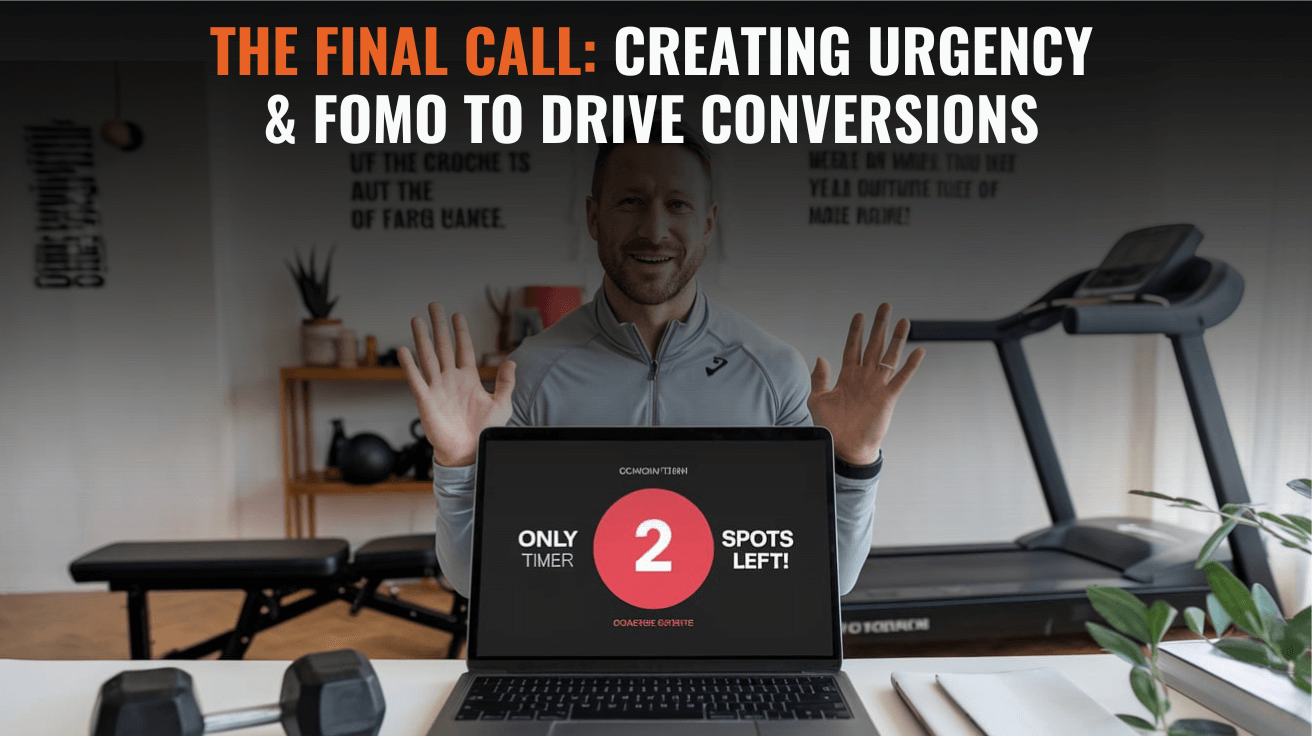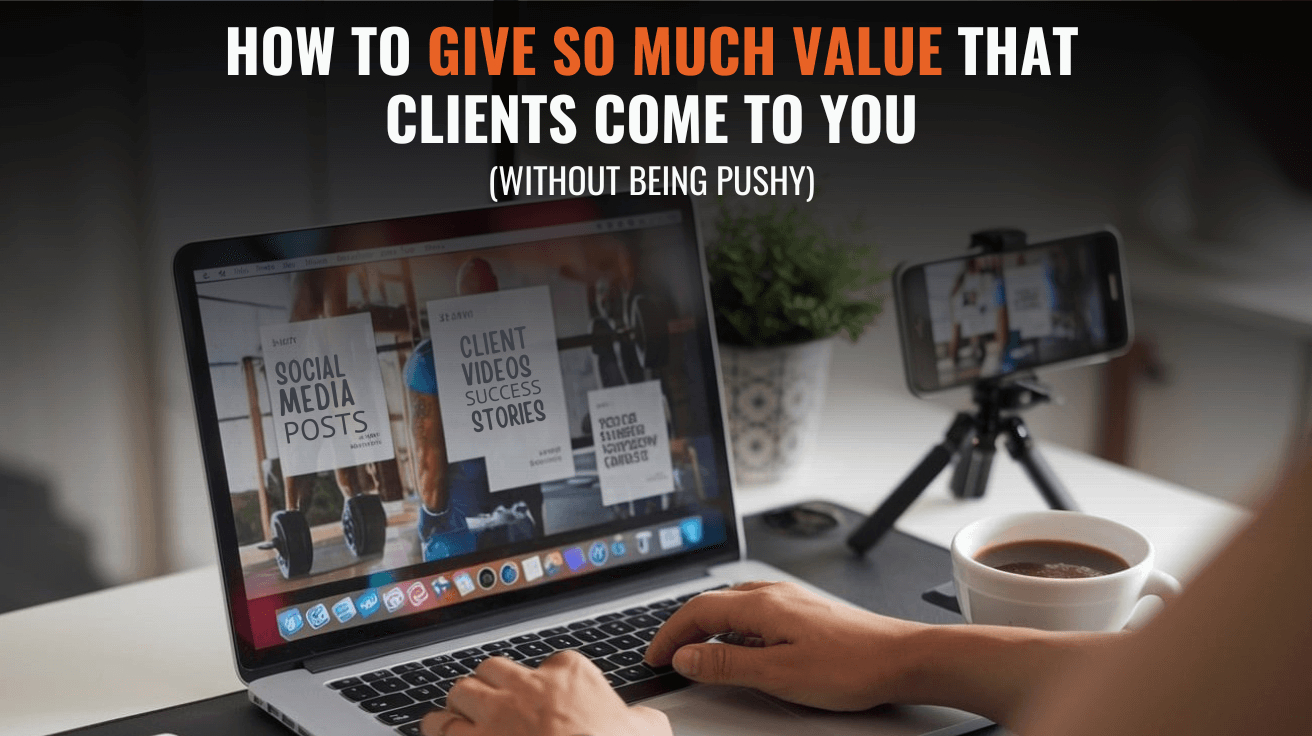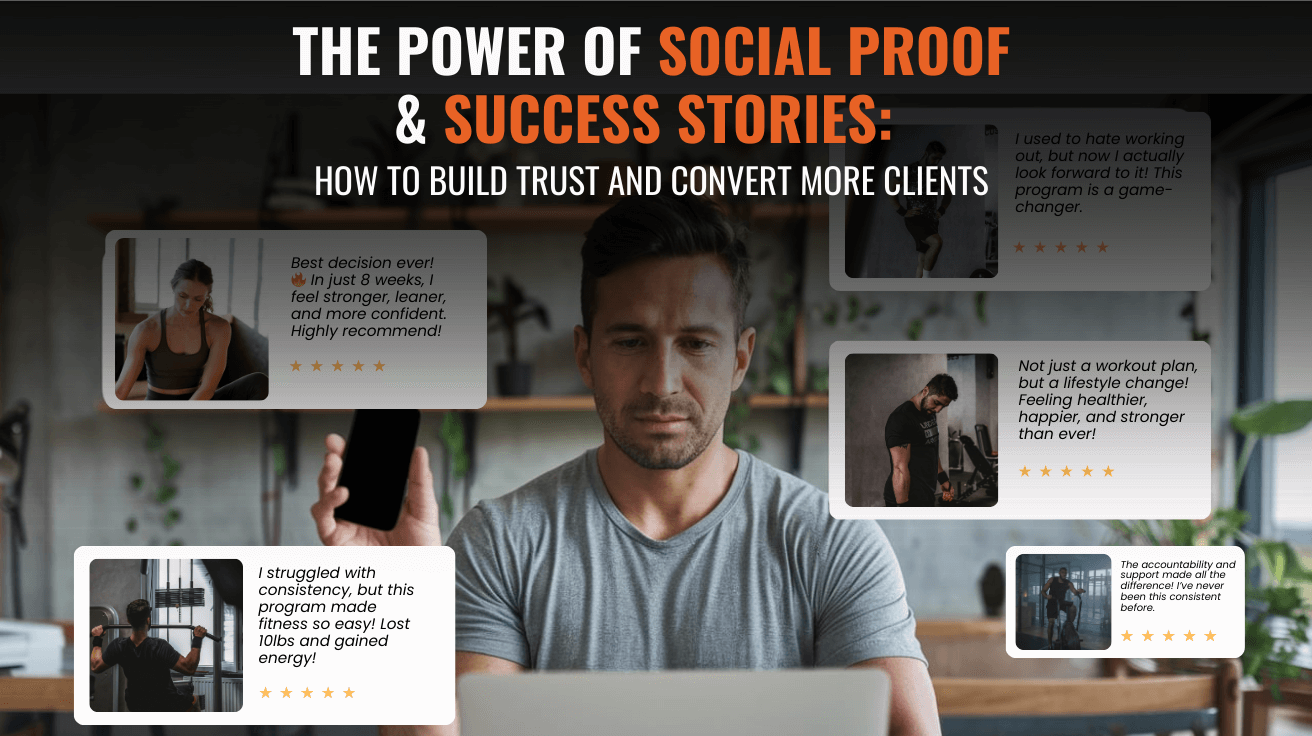Even the most interested prospects often hesitate before making a decision. The key to successfully closing clients isn’t about pushing them—it’s about understanding their objections and guiding them to the right decision.
This guide will help you anticipate objections, address concerns, and confidently convert potential leads into paying clients.
Step 1: Understand Why Clients Have Objections

Objections aren’t rejections—they’re simply hesitations that need to be addressed. Most clients hesitate due to: ✅ Fear of spending money and not getting results. ✅ Lack of trust in their own ability to follow through. ✅ Past negative experiences with fitness programs. ✅ Confusion about how your coaching will work for them.
📌 Think about it: If someone says “I need to think about it,” what they’re really saying is “I’m not fully convinced yet.”
Step 2: Identify & Address the Most Common Objections

The best way to handle objections is to prepare for them in advance. Here are the most common ones and how to respond:
📌 Objection 1: “I Can’t Afford It” 💡 Response: Instead of lowering your price, highlight the value and ROI of your program.
📝 Example: “I totally understand, and I always encourage clients to make smart financial decisions. But let’s break this down: You’re investing in your health, confidence, and long-term well-being. How much have you spent on quick fixes that didn’t work? My coaching is designed for sustainable, lasting results.”
📌 Objection 2: “I Don’t Have Time” 💡 Response: Reassure them that your program fits any schedule.
📝 Example: “I get it! Life is busy, but the good news is, my program is designed for people like you—short, effective workouts and a sustainable routine. Imagine getting results without spending hours in the gym.”
📌 Objection 3: “I’m Not Sure This Will Work for Me” 💡 Response: Use social proof—testimonials, past client successes, and personal stories.
📝 Example: “I hear you! Many of my clients felt the same way at first. But after just a few weeks, they saw real progress. Look at [Client Name]—they had the same concerns and lost 10kg in 3 months with this system.”
📌 Objection 4: “I Need to Think About It” 💡 Response: Ask a powerful follow-up question to uncover what’s really holding them back.
📝 Example: “I completely understand! But just out of curiosity—what’s the biggest thing you’re unsure about? I want to make sure you have all the info you need to make the best decision for you.”
📊 Common Objection vs. Best Response Strategy:
| Client Objection | Best Response Strategy |
| “It’s too expensive.” | Highlight value & long-term ROI |
| “I don’t have time.” | Explain how the program is time-efficient |
| “Will it work for me?” | Show testimonials & success stories |
| “I need to think about it.” | Ask what’s holding them back & clarify doubts |
Step 3: The Art of Closing Clients Confidently

✅ Build urgency & scarcity
Clients delay decisions when they feel they have unlimited time. Use urgency to encourage action.
📝 Example: “There are only 2 spots left for this round, and I won’t be opening this program again for another month. If you want to start now, let’s lock in your spot!”
✅ Offer a risk-free option
Lower the risk by offering a money-back guarantee or a trial period.
📝 Example: “I’m confident this program works, which is why I offer a 7-day satisfaction guarantee. If you don’t feel it’s the right fit, you get your money back—no questions asked.”
✅ Use assumptive closing
Instead of asking “Do you want to sign up?”, assume they’re joining.
📝 Example: “Awesome! Let’s get you started. Do you prefer to pay in full or in installments?”
📌 Closing Strategy Effectiveness Chart:
| Closing Technique | Effectiveness Level | Best Used When… |
| Urgency & Scarcity | 🔥🔥🔥 | Client is hesitating due to indecision |
| Risk-Free Offer | 🔥🔥🔥 | Client is worried about investment risk |
| Assumptive Close | 🔥🔥 | Client is mostly convinced but hasn’t taken action |
🔥 Pro Tip: Always end with a call to action—never leave the conversation open-ended.
Step 4: Follow-Up Like a Pro

Many clients won’t commit on the first call. This is where follow-ups come in.
✅ Follow-Up Timeline:
- 24 Hours After First Conversation: Send a simple message checking in.
- 3 Days Later: Remind them of any special offers or spots left.
- 1 Week Later: If they haven’t responded, send a final follow-up.
📌 Example Follow-Up Message:
“Hey [Name], just checking in! I know life gets busy, but I’d love to help you get started. Let me know if you have any last questions before we close sign-ups!”
🔥 Pro Tip: The fortune is in the follow-up. 80% of sales happen after 5-7 touchpoints—don’t give up too soon!
Final Step: Track & Improve Your Closing Process

🚀 What Success Looks Like: ✔ You’re handling objections without feeling awkward.
✔ You’re closing at least 50% of interested leads.
✔ You’re following up consistently and turning “maybes” into “yeses.”
🎯 Next Steps:
- If you’re getting a lot of price objections, refine how you present the value of your offer.
- If people keep saying they need time, work on creating more urgency.
- Keep practicing & refining your closing techniques!
📌 What’s Next? Next, we’ll focus on Creating Urgency & FOMO—because nothing gets people to take action faster than the fear of missing out! Stay tuned! 💪🔥






